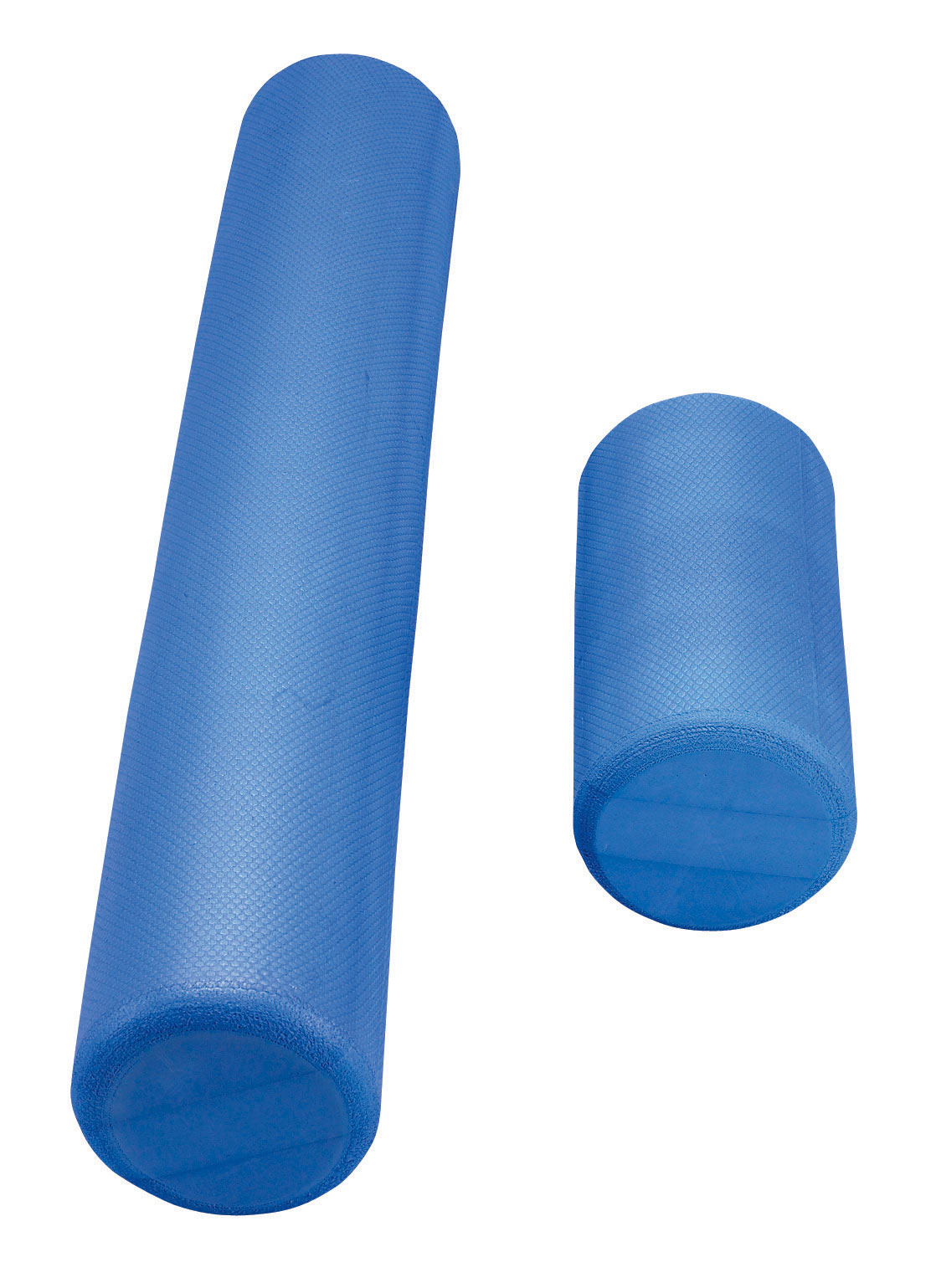Foam Rolling is an incredibly useful technique to self-release tight muscles and soft tissue. You can use the technique on just about every muscle of the body, from your calves right up to your neck.
Foam Rollers themselves are made of dense foam material, come in various sizes, and are usually cylindrical in shape.
How does it work?
Exercise (and daily life) causes your muscles to go through a constant process of breakdown and repair. Over time this can cause the muscles to become tight when the fascia (the connective tissue that surrounds the muscles) starts to thicken and shorten to protect the underlying muscle from further damage.
Sometimes this can form trigger points, which can feel like a really tight knot or sore spot needing to be released.
So how do we use Foam Rollers to release the fascia?
The goal with foam rolling is to stretch and loosen the fascia so that it and the other tissue around it can move more freely.
Once you’ve located an area of tightness, sit or lie down with the roller underneath you. Then slowly roll back and forth along the muscle, it’s important to use long slow movements the full length of the muscle.
If you encounter any trigger points, roll over these areas in slightly smaller movements.
You will feel some discomfort, this means it’s working. If you feel a lot of pain that doesn’t subside once you stop applying pressure, stop the exercise. If the pain hangs around, contact your Physiotherapist.
Important note:
Don’t use your foam roller directly on an injured area. This can increase inflammation, cause further pain, and delay your recovery. Instead, come and see your Physiotherapist for advice on rehabilitation.
Want more? Here’s a video from Runner’s World showing how to roll out your IT Band.

